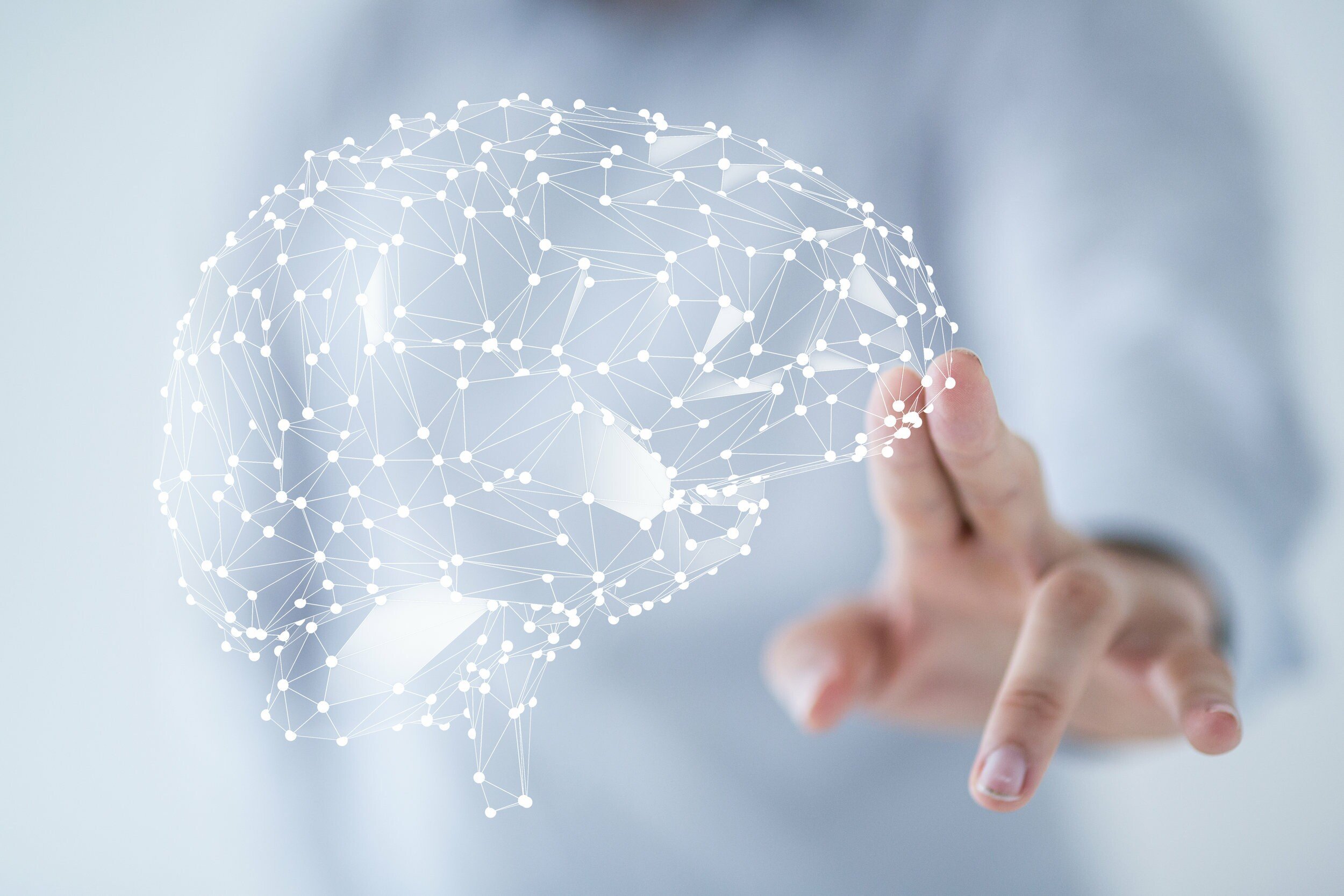
Spinal Decompression
Were you aware that 80% of adults experience lumbar pain at least once in their lifetime, and of these cases, 80% of structures causing lumbar pain are related to intervertebral discs?
With these odds, it’s important that you are prepared for where to seek treatment should this pain pop up at any time!
Non-surgical spinal decompression is often the answer for people who are suffering from sciatica, facet syndrome, bulging or herniated discs, or even some cases of degenerative arthritis.
Nonsurgical spinal decompression therapy is a type of motorized traction that helps relieve back pain and/or leg pain. Spinal decompression works by precisely targeting the vertebral levels causing the pain and creating a negative pressure in the disc. This in turn helps promote movement of water and nutrient-rich fluids into the discs so they can heal. While not every person is a perfect candidate for spinal decompression, its worth being examined.
Why spinal decompression?
Discover how nonsurgical spinal decompression can help you heal from a disc injury
Because of our specialty in Neurology, it is quite common for patients to consult us for nerve pain, numbness, tingling, cramping in areas that include the buttocks, hamstrings, and even their legs or arms. Many come to our office after other conservative approaches (sometimes even chiropractic) have failed them.
How can we help when others have not? Spinal decompression can be the game changer that is needed to promote healing in the disc.
In this study, the results speak for themselves.
Who :94 outpatients with discogenic LBP lasting for more than 12 weeks
What: Patients underwent motorized spinal decompression for 8 weeks. Each received 28- to 30-minute sessions daily for 2 weeks, tapering to 1 session per week.
Results: At follow- up, patients reported a mean rate of LBP reduction of 90% (SD, 1.15), and a satisfaction score of 8.55 on a scale ranging from 0 to 10 (median, 9).
It must be noted, that it is important to work with an experienced practitioner who is continuously monitoring your progress.
Read the full research article here: Nonsurgical Spinal Decompression


